Hackathon Update: See Progress on Floating Wetlands Project
By Jasmine Mon, member of The Mustangs
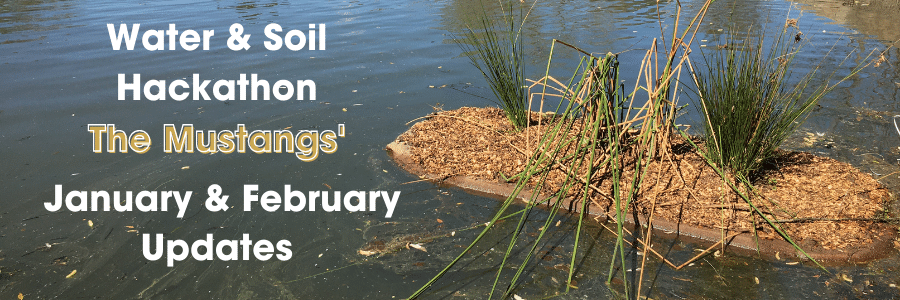
One of the world’s greatest problems is eutrophication. Eutrophication occurs when a layer of excess minerals and nutrients forms on top of a body of freshwater. This results in a drastic increase in algae blooms. The algae blooms decrease oxygen levels, which causes fish to suffocate and die. The dead fish emit a foul odor, attracting a high mosquito population. Our school, located in the Salinas Valley, is surrounded by farmland. However, their fertilizer runoff causes problems in their surrounding bodies of water. Local bodies of water are drastically affected by eutrophication, caused by fertilizer runoff.
Our biology teacher, Mr. Smith, first presented us with the idea of floating wetlands as a solution to the eutrophication in our campus ponds. We were intrigued about this unique solution. Wanting to share this great solution to the world, we decided to enter the TCI Water and Soil Hackathon.
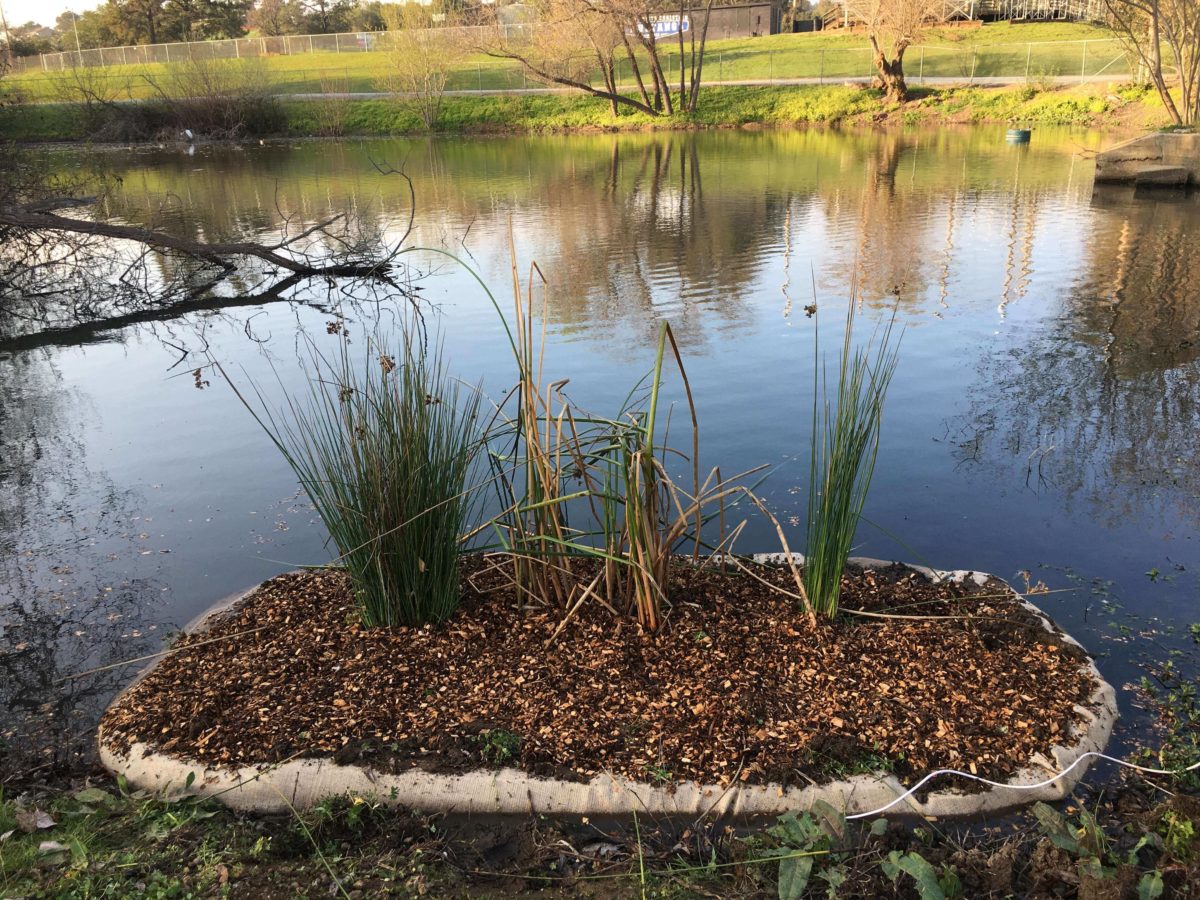
Floating wetlands are a great solution to eutrophication. There are many benefits to floating wetlands: it is a passive system for water remediation, improving water quality, and bringing wildlife to habitats. Floating wetlands can be used anywhere; the materials used to build these wetlands are inexpensive and recyclable. They can be built from old shipping pallets, recycled plastic water bottles, burlap, PVC pipes, and/or foamular (a material used as the base). Native reeds, flower seeds, and other plants can be planted in the soil, which is put on top of the wetland base.
“They can be built from old shipping pallets, recycled plastic water bottles, burlap, PVC pipes…”
In preparation for the hackathon, we conducted research on floating wetlands and created a presentation with the much needed help of our teacher, Mr. Smith. On January 15th, we proposed our floating wetlands idea at the TCI Water and Soil Hackathon. The judges and audience loved our idea; we won first place! Our team was overjoyed.
After the hackathon, we tested our campus ponds for their pH levels. We hope to see lower pH levels after the implementation of the floating wetlands. Next, we created a timeline and a cost breakdown for our project.
Then, we created and implemented our first floating wetland. The wetland was put into one of our ponds on February 14th. For this prototype, we used foamular wrapped in 2 layers of burlap sack. On the top of the wetland, we added soil, flower seeds, plants, mulch, and woodchips.
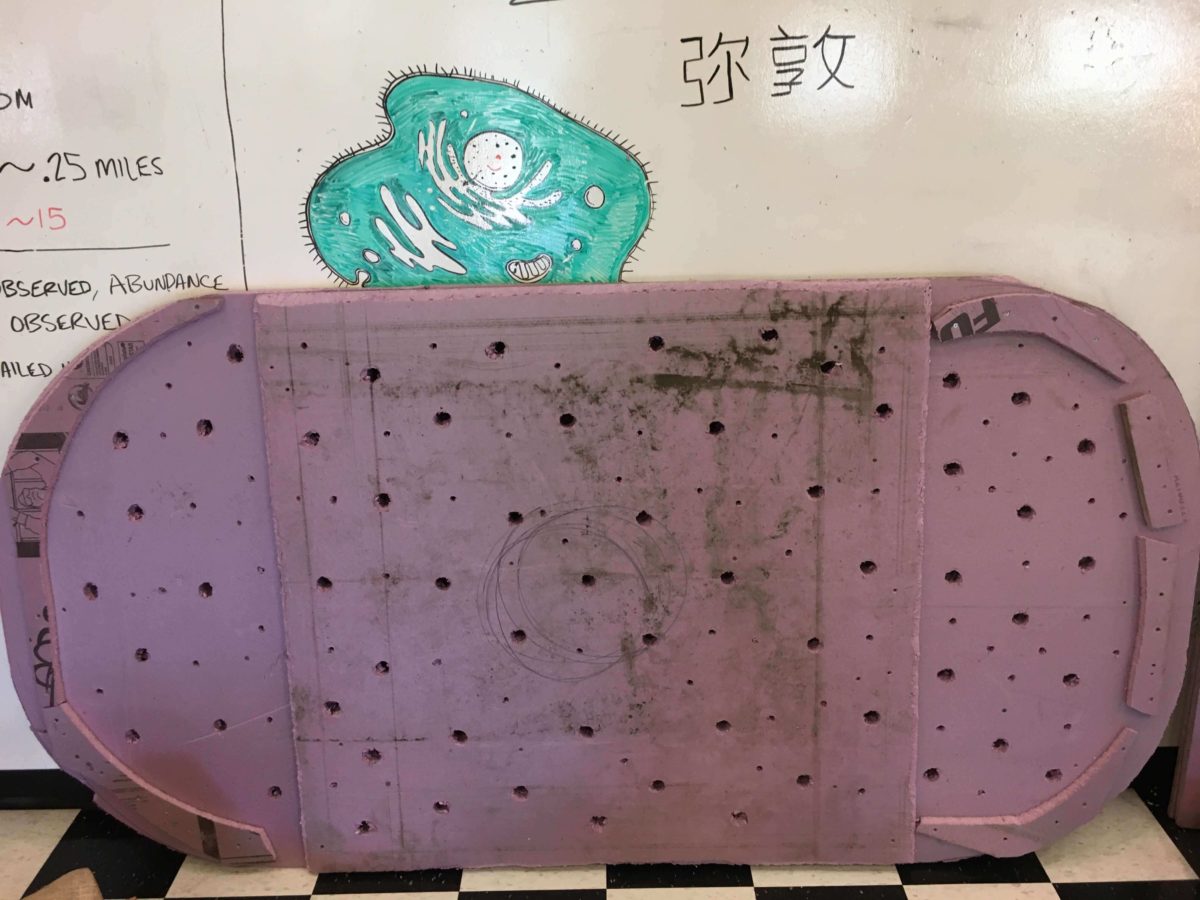
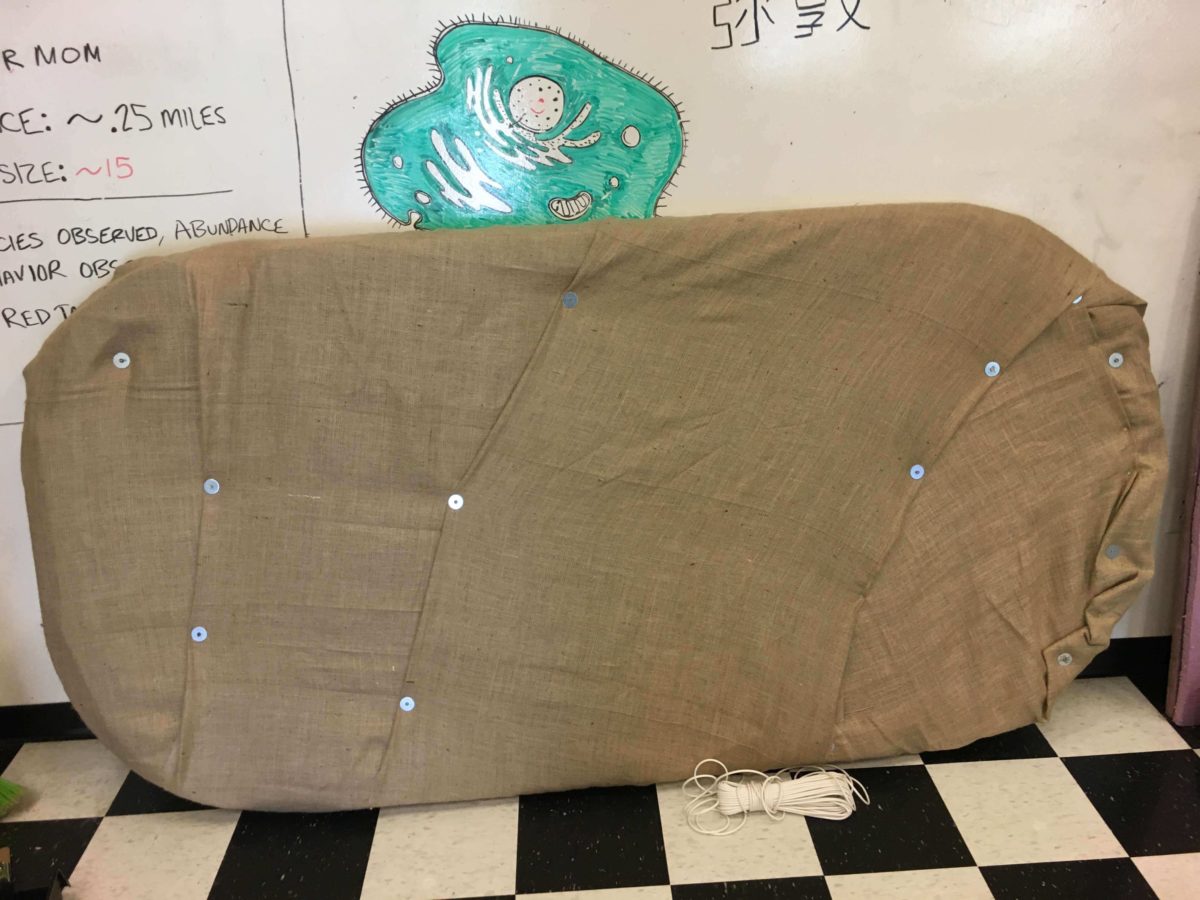
Every month, we plan to check the pH levels of the ponds and conduct a pond water analysis. Additionally, we will design new floating wetland prototypes in hopes of attracting more native species to the pond.
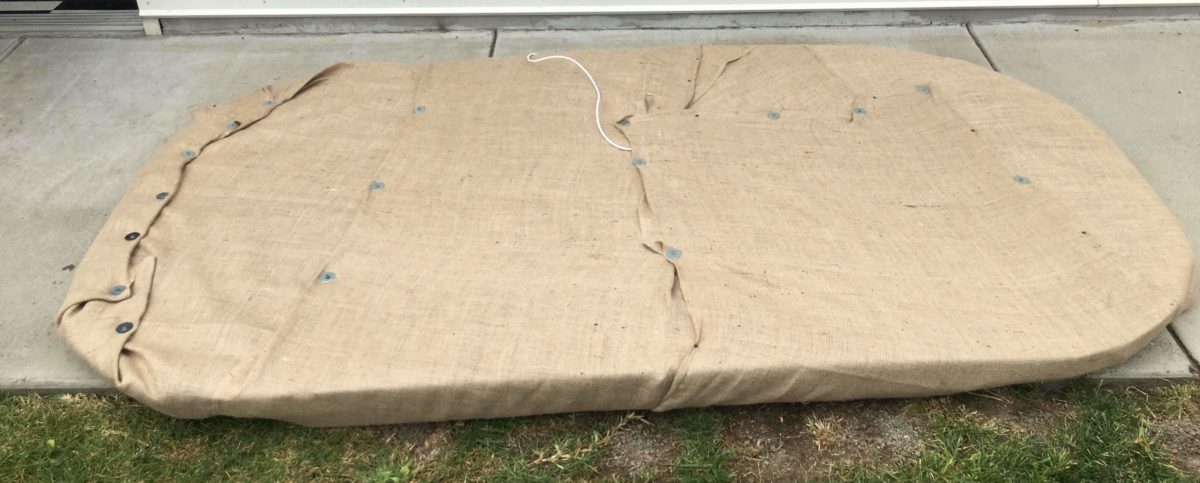
We hope you learned how big of an impact floating wetlands can make on eutrophication. Check out some exciting photos of our progress. If you have any questions about these topics or about our project, comment below!
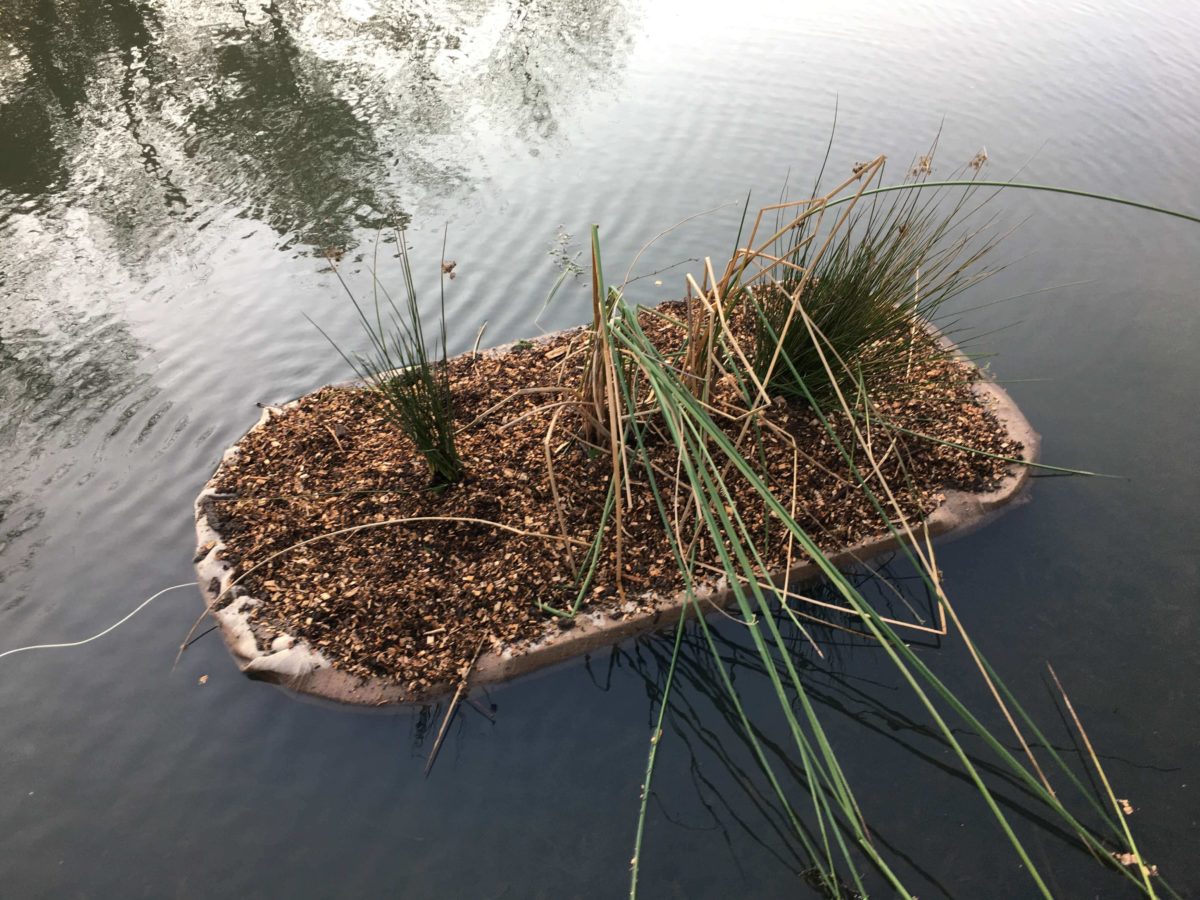
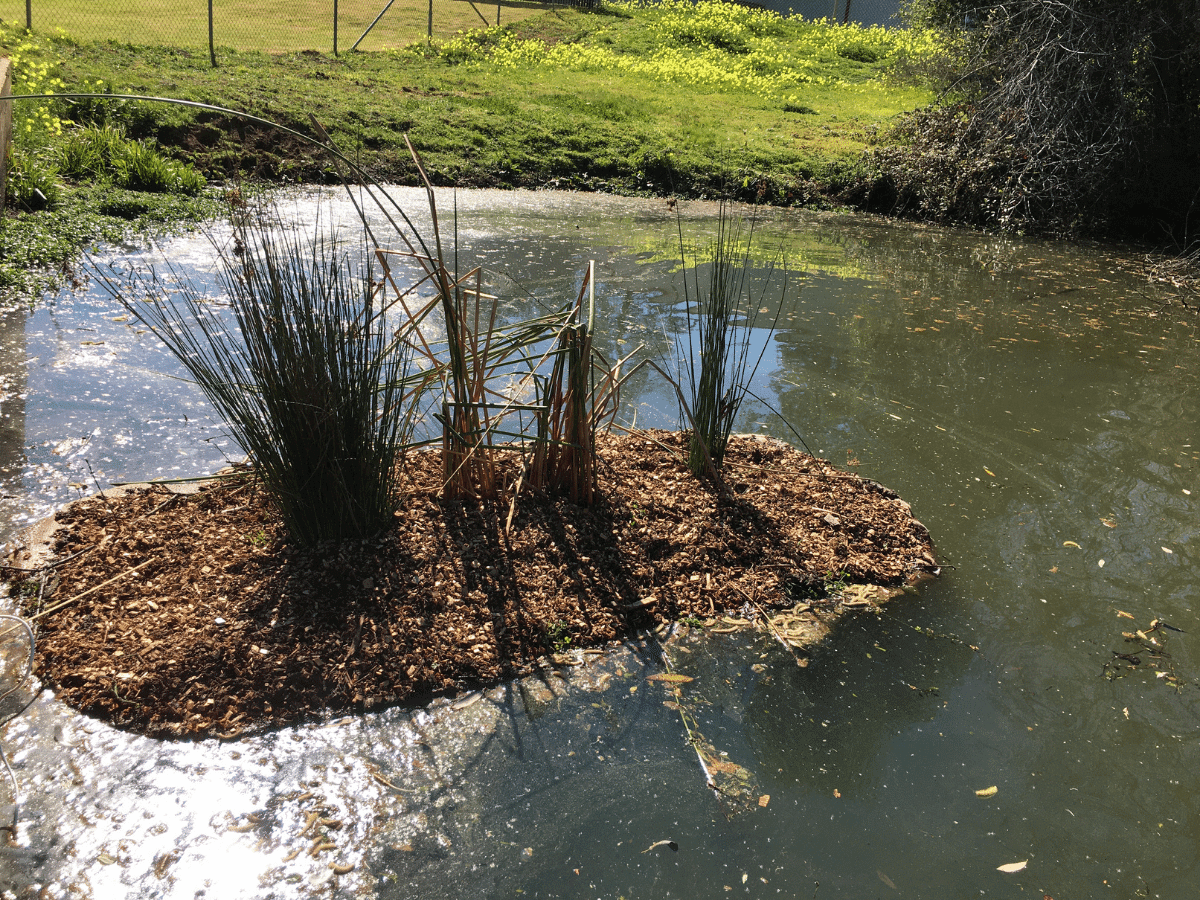
Stay tuned for more of our monthly updates!
-The Mustangs
